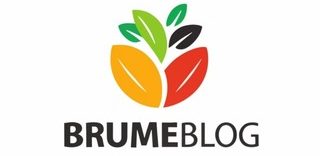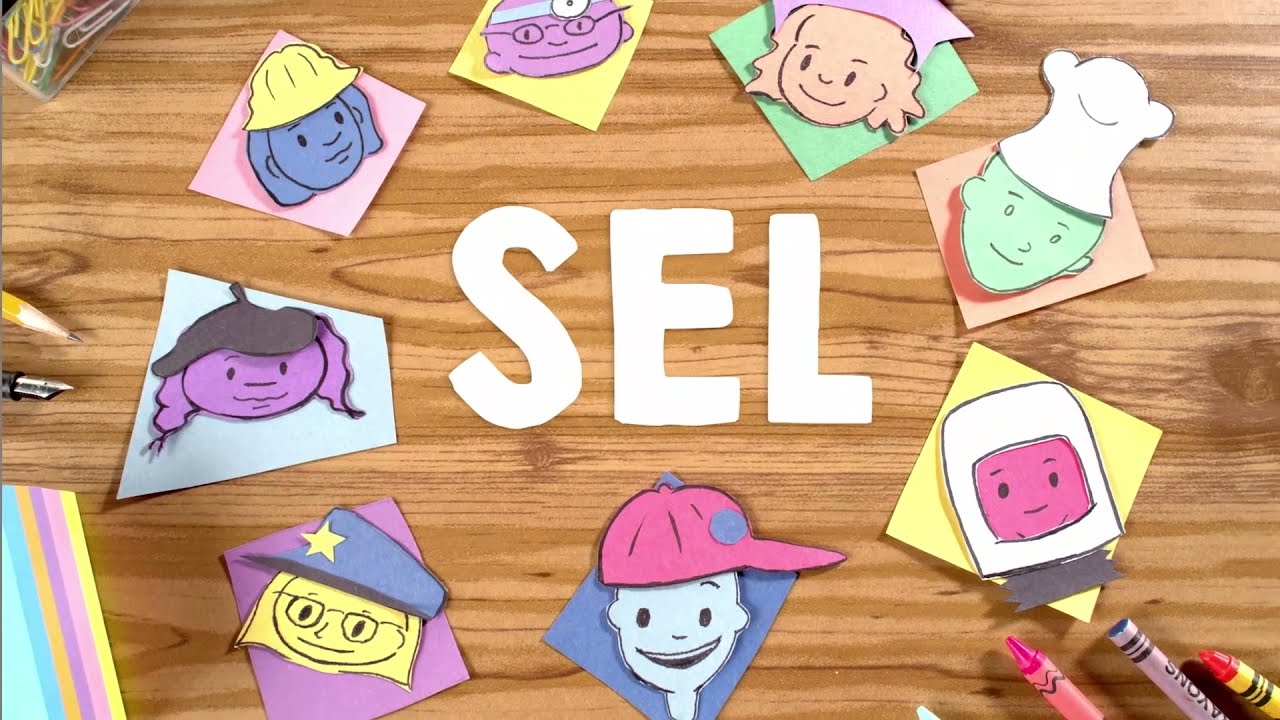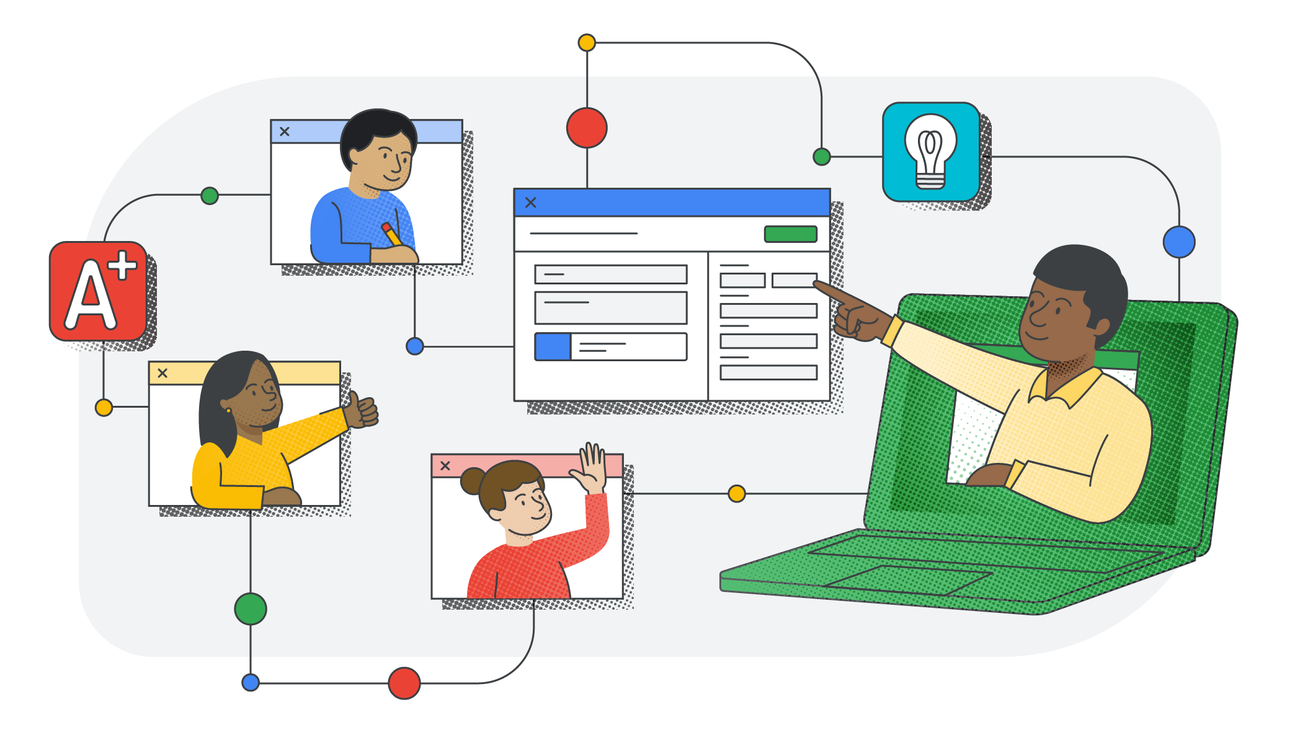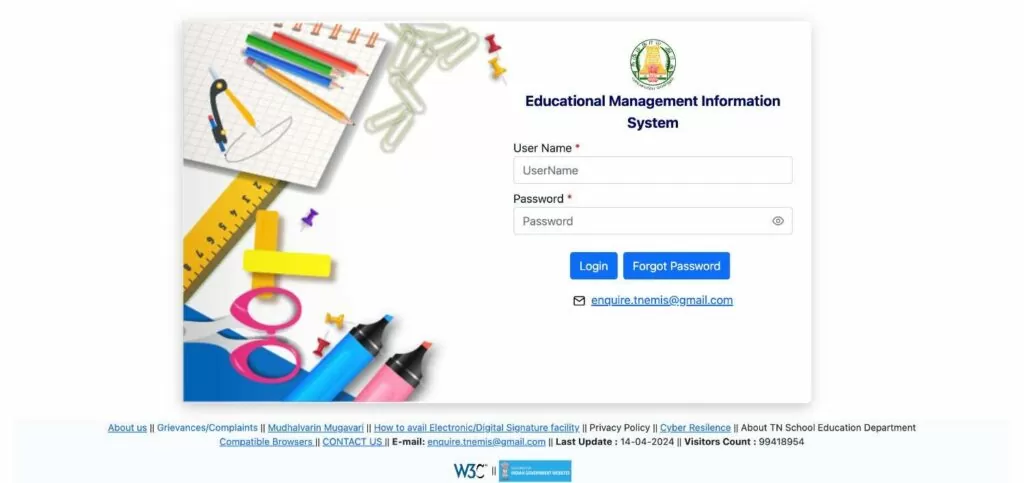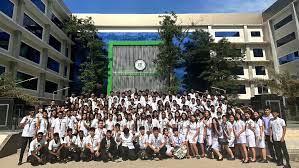Introduction
Blended learning models have gained prominence in education as a flexible and effective approach to instruction that combines traditional classroom methods with online learning components. By integrating face-to-face interactions with digital resources and tools, blended learning offers a dynamic and personalized learning experience that meets the diverse needs of students and educators alike. In this comprehensive guide, we will explore the various types of blended learning models, their benefits, and best practices for implementation.
Understanding Blended Learning Models
Definition
Blended learning, also known as hybrid learning, refers to instructional models that blend traditional classroom instruction with online learning activities. These models leverage technology to deliver content, facilitate communication, and personalize learning experiences, while still maintaining opportunities for face-to-face interaction and collaboration.
Types of Blended Learning Models
- Rotation Model: In the rotation model, students rotate between different learning modalities, such as face-to-face instruction, online learning, and independent study. This may involve rotating between stations within a classroom or moving between physical and virtual learning environments.
- Flex Model: The flex model allows students to have more control over their learning pace, path, and place. Students have the flexibility to customize their learning experience by accessing online resources, completing assignments, and receiving support from teachers as needed, often in a self-paced or asynchronous format.
- Self-Blend Model: In the self-blend model, students choose to supplement their traditional classroom learning with online courses or resources outside of school hours. This allows students to pursue their interests, address learning gaps, or accelerate their learning progress independently.
- Enriched Virtual Model: The enriched virtual model combines traditional face-to-face instruction with online learning components, with the majority of instruction delivered online and supplemented by periodic in-person meetings or activities. This model offers flexibility and accessibility while still providing opportunities for teacher-student interaction and support.
Benefits of Blended Learning Models
Personalized Learning Experience
Blended learning models provide opportunities for personalized learning experiences tailored to individual student needs, preferences, and learning styles. By leveraging technology and data-driven insights, educators can differentiate instruction, provide targeted interventions, and scaffold learning experiences to meet diverse learning needs.
Increased Engagement and Motivation
Blended learning engages students through interactive and multimedia-rich online resources, gamified learning activities, and collaborative projects. By incorporating elements of choice, autonomy, and exploration, blended learning fosters intrinsic motivation and a sense of ownership over the learning process.
Flexibility and Accessibility
Blended learning offers flexibility and accessibility, allowing students to access learning materials anytime, anywhere, and on any device. This flexibility accommodates diverse schedules, learning preferences, and individual circumstances, enabling students to learn at their own pace and in their own space.
Data-Driven Instruction and Assessment
Blended learning models enable educators to collect real-time data on student progress, engagement, and performance through learning management systems and digital assessment tools. This data informs instructional decision-making, allowing teachers to adjust their teaching strategies, provide timely feedback, and support student learning more effectively.
Best Practices for Implementing Blended Learning
- Provide Professional Development: Offer comprehensive training and support for educators to build their capacity in leveraging technology, designing online learning experiences, and implementing blended learning models effectively.
- Foster Collaboration and Communication: Promote collaboration and communication among educators, students, and parents to ensure alignment, support, and accountability in the blended learning environment.
- Focus on Quality Content and Instruction: Prioritize high-quality, standards-aligned content and instruction that engages students, fosters critical thinking, and promotes deep understanding of concepts and skills.
- Monitor and Assess Student Progress: Implement regular formative and summative assessments to monitor student progress, identify learning gaps, and provide targeted interventions to support student learning outcomes.
- Promote Equity and Inclusion: Ensure equitable access to technology, resources, and support for all students, regardless of their background, socioeconomic status, or learning needs, to promote inclusivity and eliminate barriers to learning.
Conclusion
In conclusion, blended learning models offer a dynamic and flexible approach to education that combines the best of traditional instruction with the power of technology-enhanced learning. By providing personalized learning experiences, increasing engagement and motivation, and fostering flexibility and accessibility, blended learning models empower educators and students to thrive in today’s digital age. As schools continue to embrace innovative instructional approaches, blended learning remains a promising avenue for enhancing student learning outcomes and preparing students for success in an ever-changing world.
